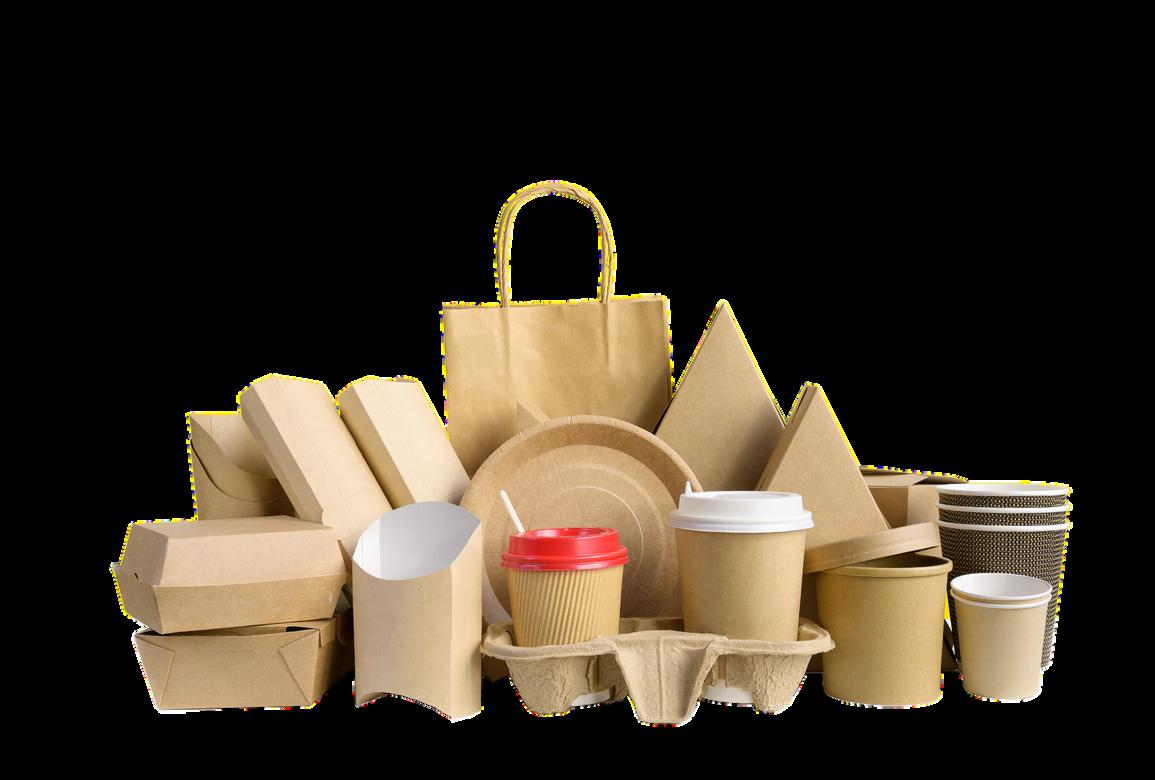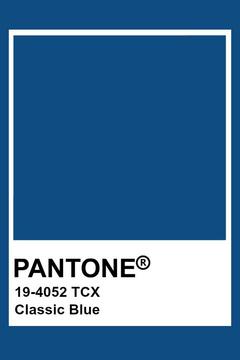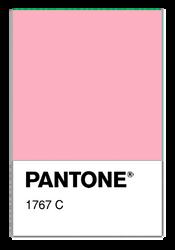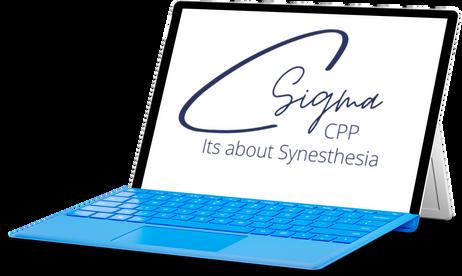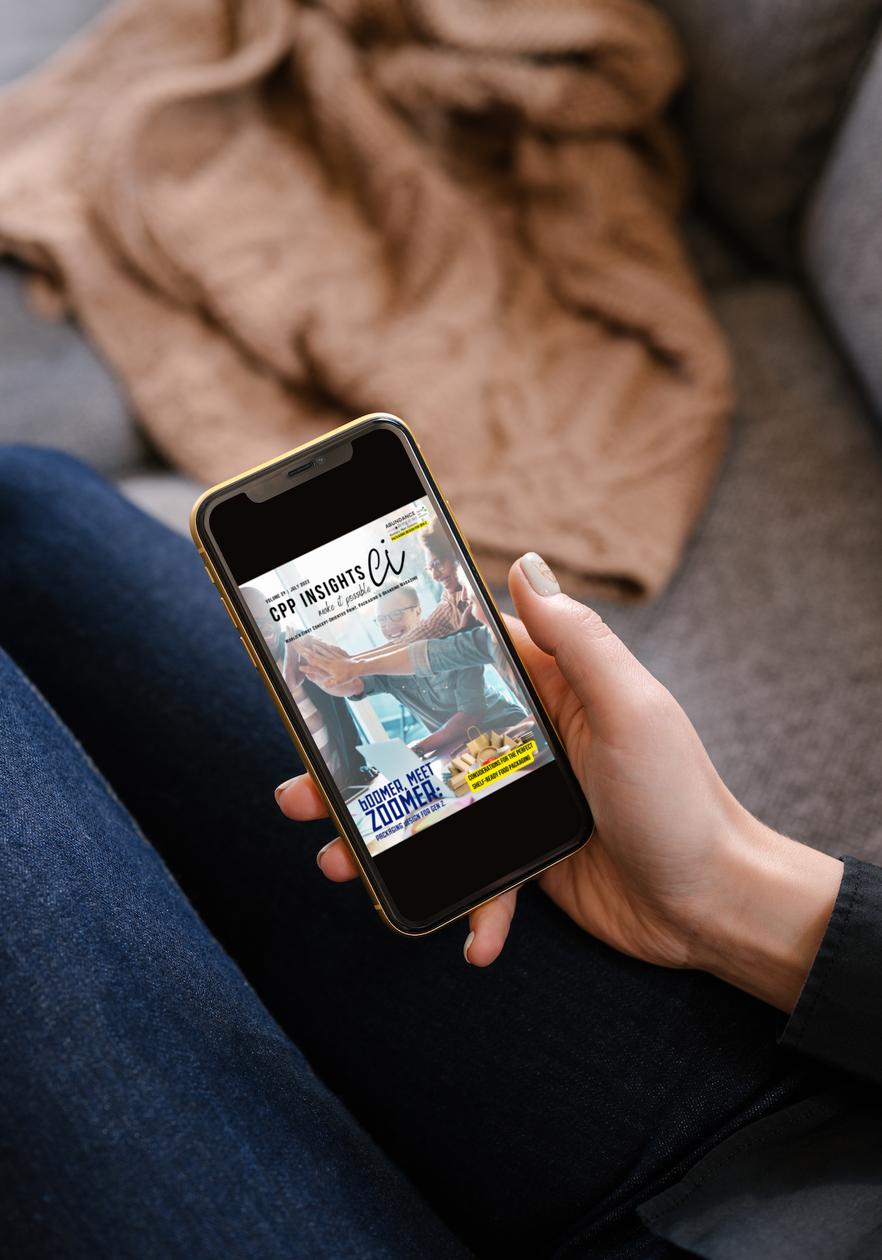Considerations for the Perfect
Shelf-Ready
Food Packaging
Shelf-ready packaging, or retail-ready packaging, is designed to make it easier for retailers to stock and display their products on shelves and to make it more convenient for customers to find and buy their products quickly.
Shelf-Ready Packaging vs. Grab-and-Go Food Packaging
First, shelf-ready packaging and grab-and-go packaging are not exactly the same but are often used interchangeably. Shelf-ready packaging is designed to be effortlessly stocked and displayed on retail shelves, whereas grab-and-go food packaging is more specifically constructed to be purchased and consumed by customers in a hurry.
However, both types of packaging share some common features such as clear identification, straightforward openings, and attractive streamlined design Therefore, some shelf-ready packaging can also be grab-and-go packaging and vice versa.

CPP INSIGHTS 4
organic packpro+ organic packpro+ organic packpro+ organic packpro+ organic packpro+ organic packpro+ organic packpro+ organic packpro+ organic packpro+ organic packpro+
organic packpro+
Depending on the size and type of the product, shelf-ready and grab-and-go food packaging can take different forms, such as folding cartons, clear plastic hinged deli, bakery and produce containers, microwave-safe containers, ready-toheat meals, heat-and-serve bowls, compostable carry-out containers, trays with lids, and even pre-packaged frozen foods.

They can also be used in snacks, beverages, and candies.
Benefits of Shelf-Ready Packaging for Grab-and-Go Food Products
Some of the main benefits of using shelf-ready packaging for grab-and-go food products are as follows:
It saves retailers time and money, making it effortless for them to identify, transport, and store products in their stores. They do not have to waste time and resources by unpacking, sorting, or arranging food products on shelves. They can simply open the box or fold the carton and place it on the shelf. This also reduces the risk of product damage or loss during handling. It increases the visibility and appeal of your products, enabling you to showcase them in an attractive and consistent manner. You can use clear and eye-catching design elements with embossing/debossing, foil stamping, specialty laminates, and coatings to make the products stand out from the crowd. Shelf-ready packaging can also be used to highlight the features and benefits of products, such as freshness, quality, nutrition, or taste.
It enhances customer experience and satisfaction by streamlining how customers find and buy products. They do not need to search through cluttered or messy shelves to locate them. Consumers can simply, well, grab, or go. Shelf-ready packaging also makes it easy for customers to scan the label and return the product if they change their minds, thereby improving customer experience and overall satisfaction.
It reduces the environmental impact of packaging, helping reduce the amount of packaging materials used for food products. You do not have to use excessive wrapping or padding to protect your products during transportation or storage when adopting the right-size packaging principles. Recyclable or biodegradable materials can also be used to minimize waste and pollution.
5 CPP INSIGHTS
Considerations for Grab-and-Go Food Packaging


Before your company considers food packaging design, identify consumer preferences, retail partner requirements, costs, and benefits of various packaging options, and the impact packaging materials have on your food products’ freshness.


Needs & Preferences of Target Customers
Understand what kind of products, flavors, and portions your customers are looking for and how they prefer to shop and consume them. For example, if customers are busy professionals who value convenience and health, they might want to offer ready to heat meals that are nutritious and easy to microwave.
You want to choose packaging that matches the type and style of your product. If you sell fresh or chilled food products, for instance, you might want to use grab-and-go packaging with ventilation holes or windows to keep your products fresh and visible. If you sell premium or gourmet food products, you might want to use packaging with a glossy or matte finish to convey quality and elegance.
Packaging must appeal to the target market and location. If you sell healthy or organic food products, you might want to use packaging designs with green or natural colors and fonts to communicate health and sustainability If you sell ethnic or exotic food products, you might want to use shelf-ready packaging with vibrant or unique colors and patterns to attract attention and curiosity.
Requirements & Expectations of Retail Partners
Complies with the standards and specifications of the retailers that sell their products to meet their expectations for quality, safety, and sustainability. For example, if your retail partners are eco-conscious stores that promote recycling and composting, you may want to use packaging materials that are biodegradable, recyclable, or paper products sourced from responsibly managed forests.
Collaborating with a Safe Quality Food (SQF)-certified food
packaging manufacturer is a must, as well. They demonstrated that their food processes are safe and high quality, and certification is applied to all stages of the food supply chain, from farm to fork.
CPP INSIGHTS 6
Costs & Benefits of Different Packaging Options

Compare the costs and benefits of different packaging materials, designs, and printing methods (including traditional and digital) and choose those that suit your budget and goals. If you want to save on packaging costs and reduce waste, for instance, you might want to use paper bags with self-sealed pockets instead of plastic containers with lids. Additionally, it is arguably more sustainable.
Impact of Packaging on Product Shelf Life
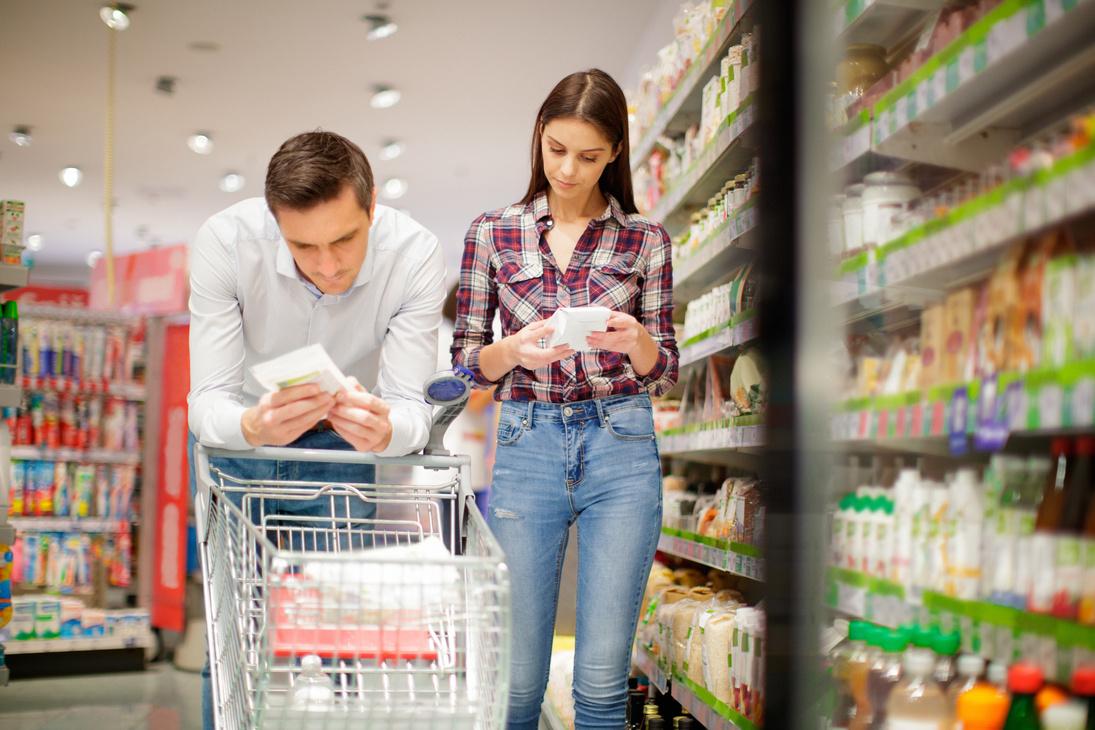
Consider how packaging affects the shelf life and freshness of a product, and choose the packaging that can preserve its quality and taste for as long as possible. For example, if you want to extend the shelf life of fresh meals without preservatives, you might want to use natural packaging with air removal to prevent oxidation and spoilage.

Sustainable Grab-and-Go Food Packaging
Sustainable food packaging involves the use of fewer materials, less plastics and less carbon emissions to protec products and the environment. Thi involves choosing renewable or recycle materials, such as paperboard an cardboard, or other sustainabl substrates that come from certifie sources. It also involves optimizing th size, design, and transportation of th packaging to reduce waste and energ use.
CPP INSIGHTS 7
Sustainable food packaging has many benefits for both businesses and customers. This can help avoid toxins and allergens in packaging, which is important for food safety. It can also help attract and retain customers who care about the planet and who want to support eco-friendly brands.
However, sustainable food packaging is not a trend. This is a necessity and an opportunity. By adopting sustainable food packaging practices, you can demonstrate your commitment to social responsibility and environmental stewardship.
Selecting Sustainable Packaging Materials
When selling food products, you want to use packaging materials that are safe and sustainable, thus protecting your products and the environment.
Organic Concepts for sustainable food packaging are as follows:
Creative Print and Pack [CPP] designs and manufacture packaging materials with the organicpackpro+ concept. This concept is a great option for adding sustainability with ye-catching touches to packaging, including embossing and debossing. Without plasticizers, it also retains tamper-evident and glueability qualities similar to traditional paperboard, while having excellent scoring.
Premium post-consumer paperboards, such as eco-friendly and food-graded paperboard, represent a breakthrough in paper-based sustainable materials. And it is 100 percent food grade and OBA-free paper made from virgin fibers and is suitable for a wide variety of applications in the food industry.

Vegetable-based (organic) inks are biodegradable inks that can be used to print graphics and packaging information. They are also available at a good price comparatively petroleum-based inks and can save money and resources.
Working With a Reliable Printing & Packaging Partner

Shelf-ready packaging is an excellent way to showcase products and boost sales. However, a reliable and experienced manufacturer is needed to help you create the best packaging for your brand. This is why you need Creative Print and Pack [CPP].
Creative Print and Pack [CPP] is a human-centric and customer-focused packaging partner. CPP can help you with every step of the packaging process, from design to printing to proofing, providing you with a one-stop food packaging solution.
8 CPP INSIGHTS
organic packpro+ organic packpro+ organic packpro+
Creative Print and Pack [CPP] is a printing and packaging manufacturer with more than 16 years of combined experience, having worked with some of the largest brands in the food and packaging industry Contact us today to learn more about how we can help you design eye-catching food packaging. organic packpro+ organ packp
organic packpro+ organic packpro organic packpro+

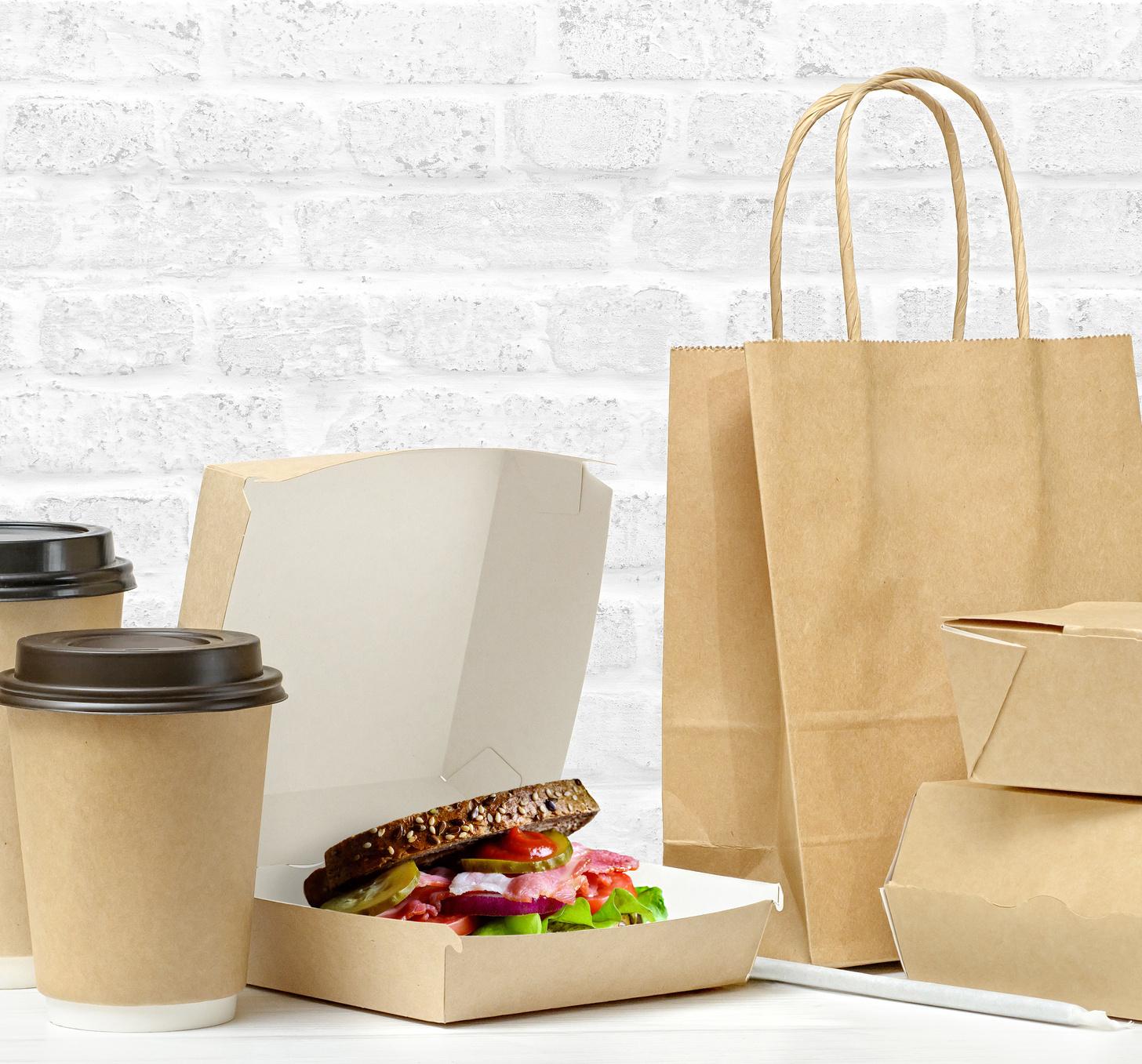
20mg
the brand capsules

Developing efficacious and safe pharmaceuticals is an incredibly expensive endeavor, but their costly research and development do not lead you to overlook the importance of wellcrafted packaging. Without a smart packaging design, your products will expire on shelves and warehouses.

In pharma packaging, folding cartons are centerpiece performers. From protecting your products against moisture, light, contamination, breakage, and other environmental factors that may affect their quality and safety to customization capabilities, folding cartons are an unrivaled packaging solution for brands that prioritize sustainability, security, and cost-effectiveness.
We unpack some of the layers that enter the savvy pharmaceutical folding carton design.
FoldingCartonsfor PharmaceuticalProducts: WhatYouNeedtoKnow What Are Pharmaceutical Folding Cartons?
A pharmaceutical folding carton, which can also be referred to as a box, is a type of packaging made from paperboard that is folded and sealed to contain the products. Folding cartons serves as the initial layer of protection and a vital marketing space. They safeguard products, convey their purposes, and attract consumers.

pharmapack+
10 CPP INSIGHTS
Failing to utilize them effectively means missing opportunities to ensure the quality of products and enhance brands. Considering the significant responsibilities of folding cartons, the process involved in their creation must be flawless.
An ideal packaging partner demonstrates innova pharmaceutical folding carton printing process, starting from the initial design to structural considerations and concluding with the application of decorative effects and finishes You have specific objectives in mind and your packaging partner should assist you in achieving them.

Paperboard Provides Endless Possibilities for Pharmaceutical Cartons
When it comes to choosing appropriate materials for folding cartons, paperboard steals the spotlight. Available in a spectrum of thicknesses and grades, and tailored well to suit pharmaceutical branding needs, folding cartons are a customizable mainstay
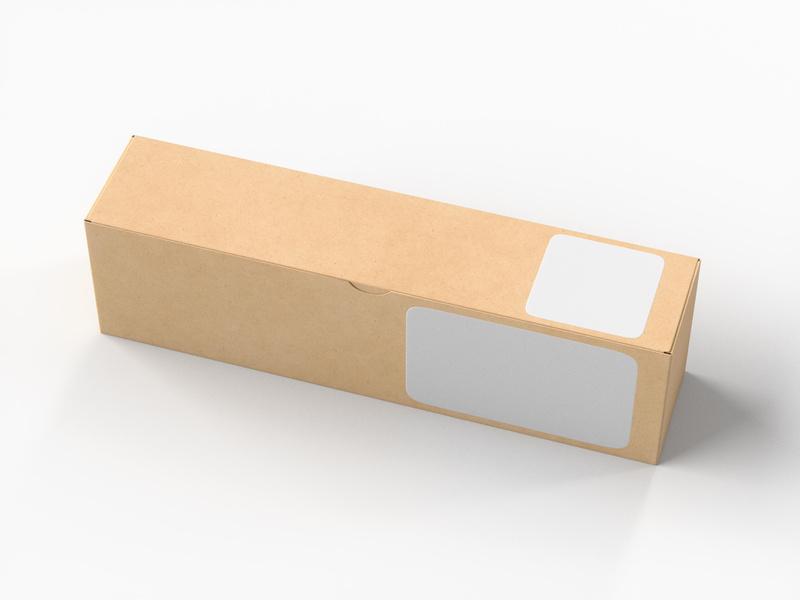
A paperboard is a type of fiberboard that can be folded or creased without breaking, and has a smooth and glossy surface, making it ideal for printing in the pharmaceutical industry.
Paperboard Varieties
Paperboard for pharmaceutical products is mainly made of cellulose fiber from trees (virgin stock) or recycled paper products (recycled fibers). Thicker than paper, it is usually more than 10-point or 12-point, which means 10 or 12 thousandths of an inch measured using a caliper.
Several different types of paperboard are utilized in pharmaceutical cartons.
SBS - Solid Bleached Sulphate
CUK - Coated Unbleached Kraft
CNK - Coated Natural Kraft
SUS - Solid Unbleached Sulphate
CRB - Coated Recycled Board
CCNB - Clay Coated News Back
URB - Uncoated Recycled Board
TMP - Thermal Mechanical Pulp
There are also specialty paperboards that have silver Mylar, rainbow holographic, or patterned foils laminated on them. Specialty paperboards are designed to further enhance the appearance, function, and environmental impact of cartons. Therefore, it is important to ask your manufacturing partner the right questions before designing, so that you can get the pharmaceutical folding carton you want.
11 CPP INSIGHTS
Grain Direction: Grain refers to the way in which the fibers in the paperboard line up in the same direction as the movement of the paper or board machine. A better score can be obtained by creasing across rather than along the grain. Knowing the grain direction helps you plan and lay out a job before producing it.
Paperboard Stiffness: Stiffness is one of the most important properties of paperboard because it affects how well cartons can run through machines that set up, fill, and close them. Stiffness also provides strength and prevents the cartons from bulging under the weight of contents that can settle or flow.




Decorative Effects You Need to Know for Pharmaceutical Cartons
Folding cartons offer pharmaceutical brands an abundance of decorative design options to help their products stand out on the retail shelf.
Embossing creates a raised or indented surface by adding texture and dimensions to the design. This can be used to highlight the logo, product name, or other important information.
Foil stamping uses a thin layer of metallic foil, creating a shiny and eye-catching appearance It can be used to accentuate the brand name, product features, or other details that need to be highlighted on the folding carton.
Soft touch coating provides the carton with a smooth and velvety feel, enhancing the tactile experience of the product. They can also provide protection against scuffing and fingerprinting.
The spot UV applies a glossy varnish to specific areas, creating a contrast with the matte backgrounds.
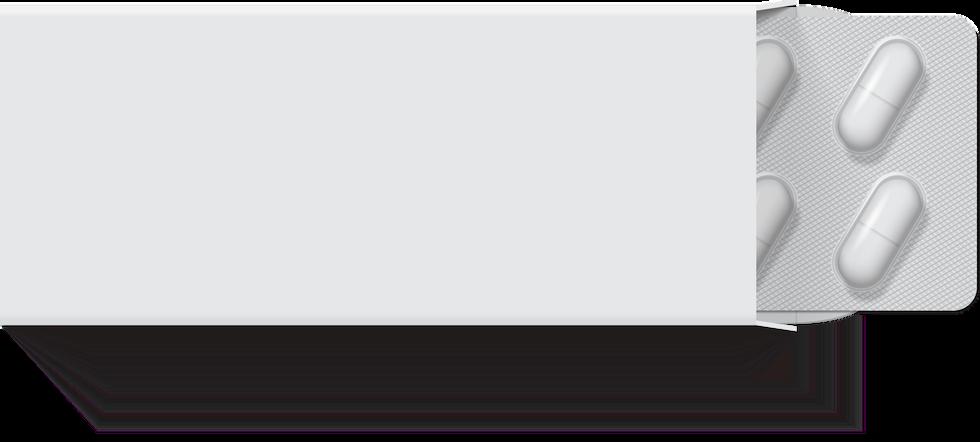
Metallic inks contain metallic particles, giving the carton a lustrous and vibrant color. Unlike foil stamping, metallic inks can be used to create a striking visual impact and differentiate products from their competitors.
Tamper evidence adds a feature that indicates whether a carton has been opened or tampered with, such as a perforated tear strip, seal label, or glue dot. Alongside other anti-counterfeiting packaging, it can help ensure the safety and integrity of the product (and its brand).
Blister carding attaches a plastic blister that contains the product within the carton, creating convenient and secure packaging. It can also provide protection against moisture, light, and oxygen to the product.
12 CPP INSIGHTS
Streamlining the Folding Carton Design Process
Packaging design plays a pivotal role in capturing consumers and differentiating between products on store shelves Renowned for its expertise in folding carton design, Creative Print and Pack [CPP] employs a systematic process that maximizes efficiency and creativity with you at the center.
We achieve this based on sustainable packaging design principles. The process begins with thorough research and ideation. Creative Print and Pack [CPP]'s design team delves into market trends, competitor analyses, and target audience preferences Armed with this knowledge, we brainstorm and sketch multiple concepts to generate innovative ideas that align with our goals.
Next, we discuss the structural-design phase. Utilizing cutting-edge software and more than 16 years of combined experience, Creative Print and Pack [CPP]'s experts created 3D models and prototypes. This step enables you to visualize the packaging and make informed decisions regarding the structure, size, and functionality of the pharmaceutical folding carton.
Once the structural design is finalized, the focus shifts to graphic design. Creative Print and Pack [CPP]'s talented designers leverage creativity to craft captivating visuals by incorporating brand elements, typography, imagery, and color schemes (utilizing extended gamut printing). We consider your brand identity and market positioning to ensure that the packaging resonates with the intended target audience. After meticulous design refinements, approved artwork moves into production. State-of-the-art manufacturing facilities employ advanced printing and finishing techniques (traditional and digital) to bring pharmaceutical carton design to life. The team ensures precision and attention to detail throughout the production process, delivering high-quality packaging that exceeds expectations
By combining in-depth research, expert structural design, and compelling decorative graphics, our process generates packaging that elevates brand visibility and boosts sales. Additionally, our human-centric approach ensures a streamlined workflow that works for consumers, reducing time-to-market and enhancing overall efficiency.
Creative Print and Pack [CPP] offers pharmaceutical brands a one-stop solution for folding carton design, from the earliest discovery conversations and ideating your design to proofing and production. CPP focuses on the human aspect of design and remains with you throughout the entire process.
CPP is an industry leader in sustainable packaging of pharmaceuticals, consumer goods, food and beverages, cannabis, and health and beauty brands. Contact us today to learn more about how folding carton solutions can elevate brands.
13 CPP
INSIGHTS
Zoomer:
Packaging Design for Gen Z.
Generation Z (cheekily referred to as “Zoomers”) is a demographic of consumers born in or after 1997, putting the age range of Gen Z’ers between 0 and 23. When you hear someone grumbling about “kids these days,” you can at this point they’re referring to Gen Z Thanks to their growing buying power, these digital natives are changing the face of shopping across industries and sectors. According to a recent Bloomberg report, buyers in this generation have a combined spending power of $360 billion.

Gen Z is known for its love of authenticity flaws and all but when it comes to product packaging, looks matter. So do a few other factors as well.
Just because millennials and members of Generation Z are close in age does not necessarily mean they share the same belief systems. Born between 1997-2012, Generation Z are, by and large, the children of Gen Xers, and they tend to share similarities with their parents like their underlying skepticism of brands that focus on profit over people. For this generation diversity, purpose and honesty and more than hashtags, they are virtues these young consumers expect from all brands.
Gen Z is a principled and pragmatic bunch. Truth is essential to them, and they’ll call foul on anyone (including peers, politicians, or corporate entities) they deem double-talking or less than transparent They value authenticity over curation and natural imperfections over phony beauty.
Addressing Generation Z Through Packaging Design
The defining features of Gen Z may be their preference for authenticity, and packaging design should reflect that.
PACKAGINGDESIGNFORGENZ ABUNDANCE Bringiton. CHAPTER FIVE Generations Boomers,
Zoomers
Meet
14 CPP INSIGHTS
As you ’ ve done your Millennial-focused marketing, look for opportunities to share details about your brand’s story, challenges, and background. The more unique and gritty your background is, the better. Zoomers will see straight through a glossy marketing “brand story,” so it’s crucial to tap into the passion behind your brand. Chowdary, MD of CPP Group succinctly lays out this idea:
“The best way to break through with inclusive marketing is to share authentic stories that are rooted in culture and are emotionally meaningful to the consumers you serve.”
Generation Z is an inspired bunch eager to impact the world. Get them on board and let them share in your brand’s passion for change.

Keeping up with the latest product packaging design trends can feel a bit like high school Every year there seem to be new, hip, and edgy ways to make a packaging statement. Current trends in packaging make you feel as if you need to either keep up or move away from the “cool kids.”
We’re here to tell you that while trendy packaging design ideas may garner media attention, trendiness in product packaging only sometimes leads to greater revenues from retail store shelves. While we recommend that you review the latest packaging design trends when during your concept phase, leave the final verdict to packaging design testing. Test to determine how these packaging trends impact consumer purchase intent and whether they help your product stand out on store shelves. Here’s a look at current trendy packaging and our experience helping brands decide which of these top packaging design trends is worthy of packaging consideration.
They love..
Sustainable Packaging
Transparent Packaging
Natural, Earthy Colors
Illustrated Designs
Clean and Simple Minimalist Designs
Saving the Planet with Sustainable packaging
Maximalist Designs
Retro Styling With Throwback Appeal
Textured Packaging
Personalized Packaging
Smart Packaging
Gen Z cares deeply about the environment and expects others, particularly the companies they do business with, to do the same. They want to know what your corporate practices are around sustainability – and that includes how you package your products. Sustainable packaging is a positive signal to Gen Z consumers. You can communicate sustainability through packaging by listing the materials or process used to produce the packaging and/or product, as well as communicate to the consumer how they can reuse, recycle or compost the packaging once they are finished with it.
15 CPP INSIGHTS
Making packaging sustainable speaks to Gen Z values. It can also make your product and packaging more shareable and make it seem more high-quality, while increasing the transparency and accountability of your business — wins all around.
According to Bright Media Corp, Gen Z prioritizes authenticity and sustainability to a greater degree. They exhibit a deep sense of social responsibility, and thus naturally rate brands that take sustainability initiatives seriously higher than those that don’t. They tend to select brands whose values align with theirs, even if it means paying a premium.

Pay Attention to Gen Z with Your Packaging: Gen Z already has a tremendous market presence. As more of this generation enters the workforce, their buying power will increase.
The elements Gen Z values, like transparency, individuality, sustainability, quality and minimalism, are characteristics that can help your business better serve all of your customers. At Creative Print and Pack [CPP], our packaging experts can help you communicate those qualities via sustainable packaging that makes your business stand out to consumers.
Gen Z want Buying Experience
Phygital over Digital: Interestingly, they want another thing that most brands tend to overlook a combination of digital and in-store experiences. Studies show that many young consumers prefer brick-andmortar stores for various product segments. A survey by Path found that 48% of Gen Z buyers like to shop for beauty products in-person, while 79% prefer to shop for groceries in physical stores.
What Motivates Gen Z to Purchase?
The traditional marketing campaigns that work fo older consumers may not work for Gen Z. Teenager and early 20-somethings are not enticed by FOM (Fear of Missing Out) marketing, high-value expensiv goods, or clothing advertisements. Instead, Gen shoppers are motivated by a combination of exclusivity, and influencers. In fact, 46% of Ge said they would be influenced to buy som they’ve seen on social media from a celeb celebrity influencer, while 75% said they wo something shared by a family, friend, or co-wor
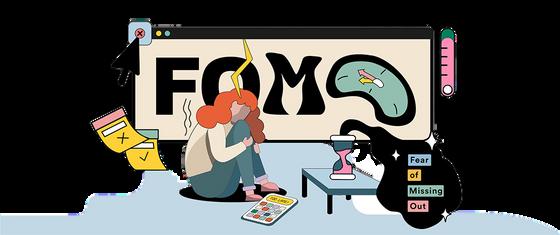
Influencers and brand ambassadors are a significant part of Gen Z, Millennial, and even Boomer shopper preferences, with 38% of all consumers saying they trust social media influencers over brands and their packaging patterns. This trend is just one of the many that Zoomers are now expecting from their shopping experience.

16 CPP INSIGHTS
Authentic, Inspirational Messaging: Generation Z shares many of the same values as Millennials, but like every generation, there are slight variances that warrant closer attention. Gen Z’ers are more diverse, educated, and technologically savvy than any other generation – and packaging design needs to reflect these components. Keep your focus on clear, authentic messaging that shares details about your company ’ s struggle, how you ’ ve worked toward inclusion, and your sustainability efforts. Keep these benefits at the forefront of your design, and you’ll break through Gen Z’s resistance to advertising and earn a place in their lives.
Personalization: Whereas branding inclined Generation X and Millennials to pull products off the shelf, young consumers are looking for a personalized experience. How does this product speak to me? Does the product solve my problem or make my life easier? In this way, the younger generation acts more mature than their age suggests. Even though they may be younger consumers, they still desire a feeling of luxury in packaging only; the meaning of luxury isn’t about having the most fame and flamboyance but what steps the company takes in its product design to command a higher price.
Environmental Care: Like their Millennial predecessors, Gen Z’ers are hungry for a better world, with much of their attention given to the environment. In a survey of over 10,000 Gen Z’ers across 22 countries, 41% agreed that climate change was the most crucial issue in the world today. Companies targeting Z’ers should keep this in mind as they put together their packaging.
Best practices for environmentally friendly sustainable packaging design apply here. Minimize packaging elements, shift to recyclable components, ditch plastics, and encourage shoppers to reuse packaging materials. And while you ’ re at it, make these efforts visible in your design’s layout.
Generation Z’ers will appreciate knowing your commitment to the environment –but don’t expect them to thank you for it. Another feature of this generation is how they watch supermassive companies pollute the environment in the face of climate change warnings. As a result, business claims about sustainability resonate and may encourage greater purchase intent among Gen Z’ers.
Given the importance of climate change for Generation Z’s future, treat these efforts as a “well, duh” strategy rather than a specific selling point.
Product packaging is a huge part of marketing; the key to good marketing is appealing to consumer interests. There’s no doubt that people have become more mindful of our environment, and that includes product packaging.
Reaching Generation Z with....
17 CPP INSIGHTS
Minimalism: If we ’ re being honest, we can all look back on our past and see how we were wild and reckless in our younger years. So we might assume that Generation Z product packaging should have a level of expression. There is an expression, but it is the intentional expression of less rather than more.
Minimalist packaging design doesn’t mean a blank canvas. It means white space for the most impactful messaging to resonate. The younger audience fitting into this consumer group embraces the minimalistic packaging trends in categories such as coffee, apparel, and alcohol.
Transparent Packaging (Truly luxury Packaging):
A luxury feel to your packaging starts with being unique. Sure, you can swipe an idea from another product that expresses luxury, but it never matches the feeling someone gets with a brand-new experience. As you will see, this can take place, but the packaging feel is a superb way to distinguish our product from the next Explore ideas of how to make your product special, such as clear visibility of the inside product with a decent design. Consider how you can have the consumer ’ s eyes travel along the packaging.
Not every high-end product follows the same theme for example, In apparel packaging patterns like mono cartons with Poly Propylene (PP), and Polyethylene Terephthalate (PET) materials and Non-Tearable material for Hang Tags have a more luxurious look, whereas the final printing finish makes product packaging appear more glamorous Be it box, the look of your packaging needs to study existing products broadly, yet narrow in on your target audience. From this point, you can determine what luxury looks like in packaging shape and design.
Generation Z Packaging Design
Are you a CPG (Consumer Packaged Goods) brand looking to attract Gen Z’ers? We can help. Through our strategic design process, we at Creative Print and Pack perform packaging design testing to determine the impact your packaging has on the desired audience. Book a time to learn more about our packaging design agency and how we can help capture more of the younger generation’s market share. Reach us via hello@creativeprintandpack.com
definitions for each generation below
The Silent Generation: Born 1928-1945
Baby Boomers: Born 1946-1964
Gen X: Born 1965-1980
Millennials: Born 1981-1996
Gen Z: Born 1997-2012
Gen Alpha: Born the early 2010s-2025
18 CPP INSIGHTS

